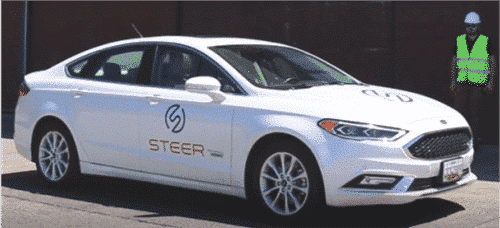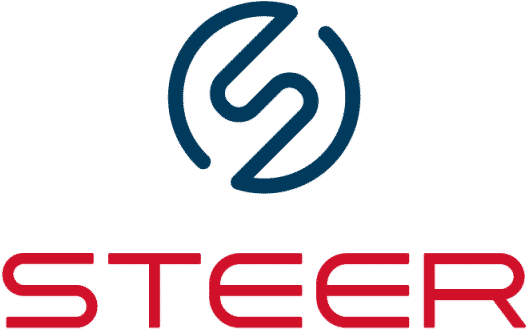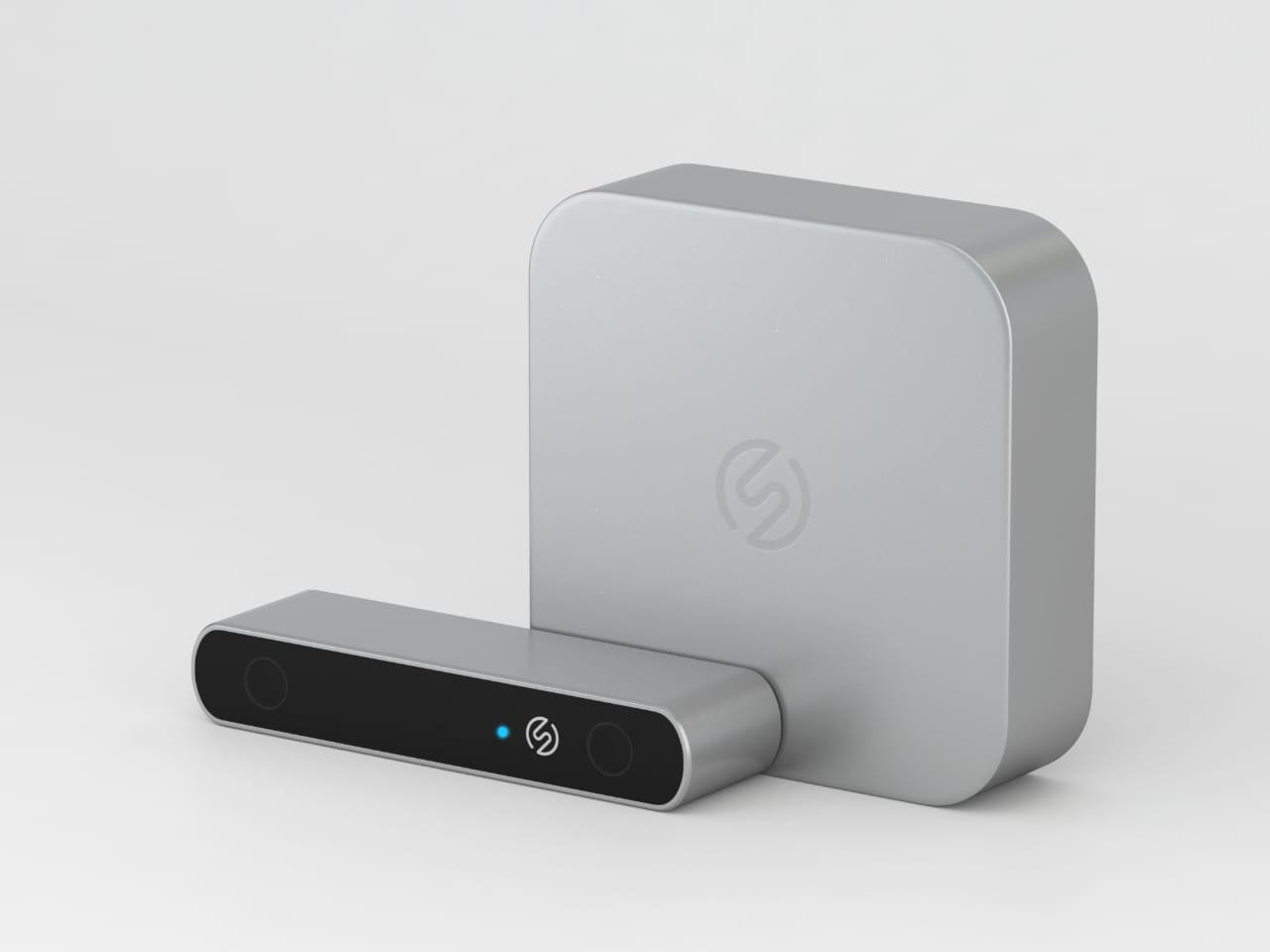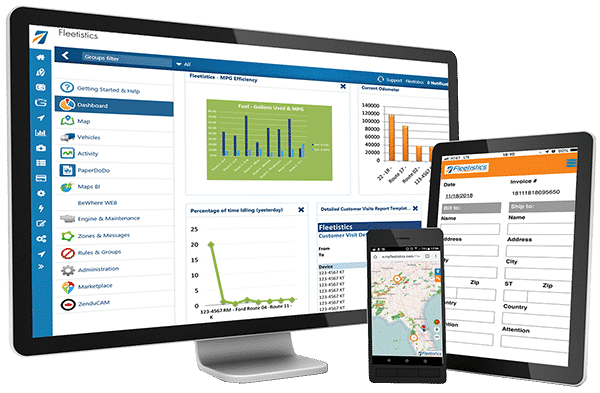Guest Post submitted by Joshua Tohn, STEER Tech, LLC
Return on Investment – Automate Repetitive Tasks
Return on investment begins with innovation. What are humans good at? Problem solving, communicating complex issues, critical analysis, and creativity. We hire people to do hard work efficiently. The better job they do, the greater the impact on the business. So why do personnel spend so much time doing mundane and repetitive tasks? Sure they can do them, but that’s not where employees are the most valuable.
Fleet management is always looking to optimize fleet operations without compromising the safety of the team or the equipment. Tasks like juggling vehicles in a parking lot or getting them refueled are important to any fleet, but are a waste of human talent. With that in mind, it raises the biggest question of them all: If it’s a waste to have humans do these mundane tasks, then who (or what) should do them?
Introducing STEER Tech
Whether we like it or not, automation is becoming a core aspect of our world, fleet operations. Factories are installing more and more robots if they aren’t already mostly automated. Companies are on a sprint to automate as many different tasks as possible. Often little consideration is given the humans that are diminished by the new equipment. As this wave of automation sweeps over the world, we need to ask ourselves, what is our relationship to robots? Are they an attempt to replace us? Better yet, can we design autonomous equipment to be an extension of human talent? Ideally, automation should increase the return on investment in our human resources.
STEER Tech has found and leveraged the middle ground between the use of automation and the retention of valuable employees. Robots shouldn’t be designed to replace humans, but support them. Many relatively simple tasks like cleaning, parking, and transporting vehicles are necessary to the operation of fleets. At the same time, they are a waste of human talent. With the input of autonomous vehicles, fleet operators can focus on the critical work actually tied to the job.
Autonomous Parking
STEER Tech creates autonomous parking kits that are retrofitted onto existing fleet vehicles. The science is innovative, but the result is simple. When a vehicle using a STEER Kit arrives at a parking lot, the driver just gets out and goes right to work. The vehicle safely navigates to an available spot and parks itself. The kit doesn’t impact the vehicle’s usability at all, it is just a couple of low profile sensors and a small computer that can be installed in less than a day.
Autonomous parking is useful for consumers, but the use cases expand dramatically when applied to fleet operations. A single operator can remotely move self-driving vehicles around a parking lot, send them to garages, have the vehicles meet drivers at the door, and report back a variety of diagnostics information, such as fuel levels and vehicle health.
The Dollar Value of Efficiency
In the same way your GPS tracking system pays off big by helping you to reduce idle events and aggressive driving habits, savings are found when the cost of brief but frequent wasteful events add up over time. It only takes a couple of minutes to park a car, right? How much does that really cost?
First, assume approximately 260 workdays in a year. If one employee spends ten minutes retrieving the vehicle, and ten minutes parking the vehicle every day, you end up with 86 hours a year spent just parking and retrieving vehicles. Next, assume an 8-hour shift, that would add up to over 10 working days lost a year. That could easily cost the company over $1,500 per employee per year depending on salary and benefits. How many more job sites could someone visit in 10 days? How many more deliveries can be made? That is where we find substantial return on investment.
Finally take those 86 hours (or 10 working days) and multiply them by how many employees are parking and retrieving those fleet vehicles. 10 people = 860 hours. It’s easy to overlook how expensive the time spent parking cars is. Ultimately spending what could be productive hours on parking is just money thrown away. Parking a car does nothing to generate the company revenue. Certainly it doesn’t save money. On the other hand, autonomous vehicles, applied in the right way, recoup the loss without putting employment opportunities in jeopardy.

The Future of Fleet Management
The world is headed toward a future of near-universal automation. We need to ask ourselves: What will our relationship with automation be? With technology like the STEER Kit, the answer is a harmonious future. Tools like this are not a far-off Jetson’s style future and they are available now. Integrating them as powerful extensions of the employee contributes to making a company more successful. Employees have more time to focus their skills and knowledge on the real work, supporting the team with every step.
The future of fleet management is one of automation. Imagine a team member steps out of the office and the vehicle they need for the day is there waiting for them. One operator can summon and send the right vehicles to the right places when they are needed. Done safely, done right, and with no hassle or delay.
To learn more about this innovative technology, email Steer tech.





